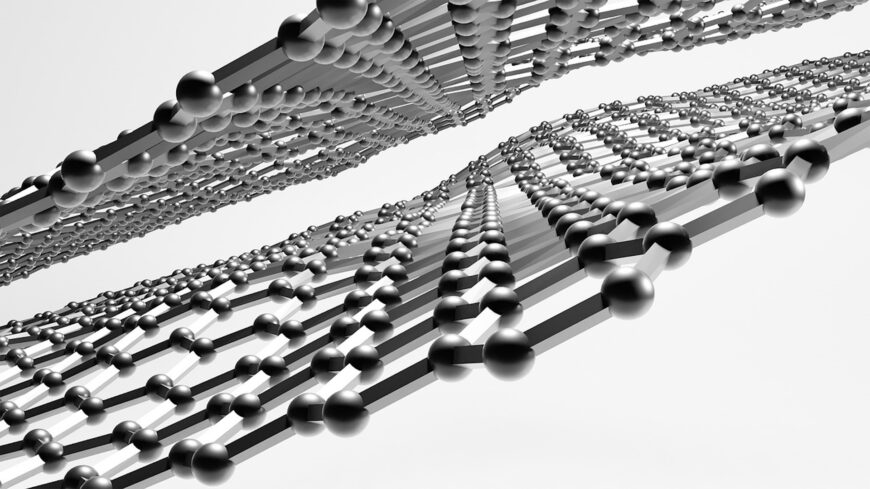
The Graphene Market: The Truth Behind the Myth
by Next Level (Knowledge Rethought)
translated from German via Telegram translate
February 6, 2024
Graphite sold as graphene: A critical look
The sale of products touted as graphene reveals a profound disconnect between marketing promises and scientific reality. These products, often described as miracle materials, turn out to be nothing more than conventional graphite upon closer inspection.
Note: This applies to “graphene”, “graphene oxide” and the made-up term “graphene hydroxide”
Circular reasoning and refutation
Circular Reasoning: The assumption that the mere ability to purchase a product proves its existence is misleading. Following this logic, “Wi-Fi cables” on eBay or “isolated pathogenic viruses” that are offered for sale must also be real.
Refutation: The marketing of graphene is based on an overestimation of its properties. What is sold as “graphene” is merely thin sheets or particles of graphite that do not meet the definition of true graphene.
Why the product sold cannot be real graphene
Definition of graphene: Real graphene is said to consist of a one- to nine-layer structure of carbon atoms. Beyond this limit we no longer speak of graphene, but of graphite.
Commercial Products: Often sold in powder form, “graphene sheets,” or as a dispersion, these “graphene” products imply processing beyond the definition of graphene. They are effectively no longer graphene.
Material properties and number of layers: In theory, the unique properties of graphene only apply to structures with up to nine layers . Products on the market contain materials that do not meet these criteria and therefore must technically be classified as graphite.
Final note
Graphene, scientifically defined as a layer up to nine atoms thick, is a maximum of 0.9 nanometers thick – invisibly small and 1200 times thinner than the structure of SARS-CoV-2, which has never been isolated . Logically speaking, any visible and purchaseable “graphene” product cannot be real graphene. From the tenth layer onwards, graphene turns into graphite, with completely different properties.
What we see and buy cannot be graphene by scientific definition.
In other words, graphene does not exist not only because it cannot be produced or isolated under normal conditions, but also because scientific experiments and laboratory studies – such as with transmission electron microscopy (TEM) – have shown that it does not have the extraordinary properties which are theoretically attributed to it, namely extreme hardness and resistance. This raises the question of how graphene, theoretically known as the hardest and most resilient material, can break and deform beyond repair under the microscope’s electron beam or in a conventional oxidation-reduction process.
Connect with Next Level at Telegram (German language)
Cover image credit: HanJae
See related:
Next Level Researchers Challenge the Theory That Graphene Oxide Has Been Found in Vaccines

Truth Comes to Light highlights writers and video creators who ask the difficult questions while sharing their unique insights and visions.
Everything posted on this site is done in the spirit of conversation. Please do your own research and trust yourself when reading and giving consideration to anything that appears here or anywhere else.











